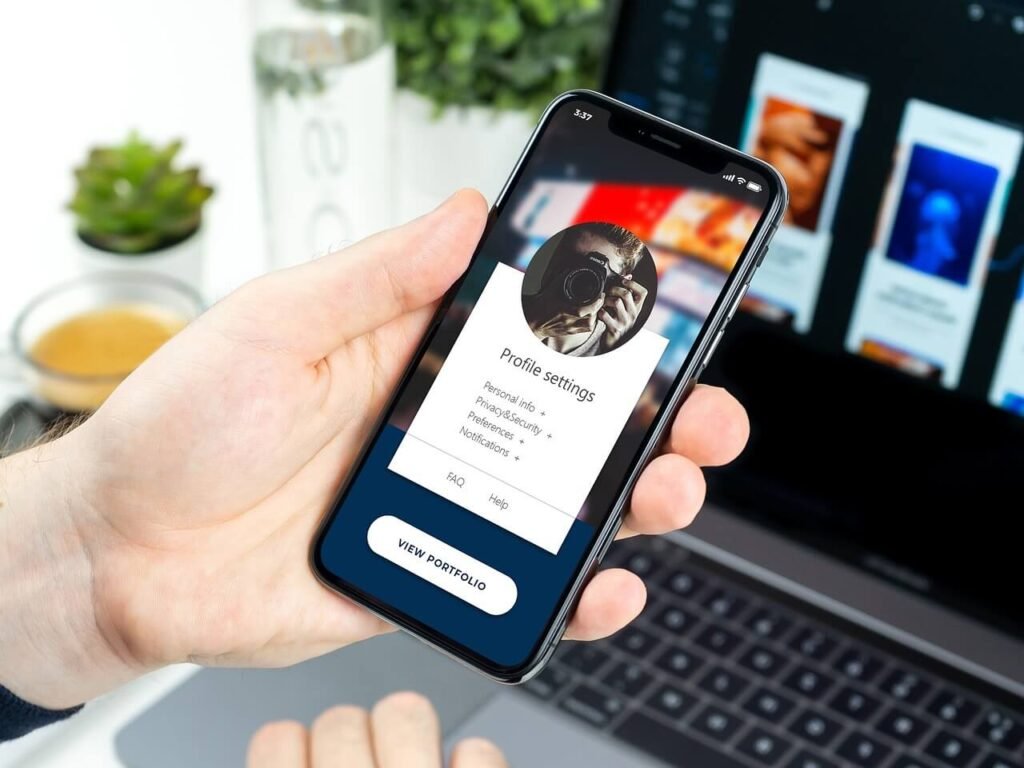Freelancing has become one of the fastest-growing ways to earn money on the side—or even build a full-time career. According to a 2024 report from Upwork, over 64 million Americans freelanced in the past year, contributing $1.35 trillion to the economy. That’s a huge shift, and it shows just how much opportunity is out there for anyone willing to give freelancing a try.
The best part? You don’t need years of professional experience, a massive portfolio, or a fancy office to begin. With just a laptop, internet connection, and the skills you already have (or are willing to learn), you can start building your first side hustle today. Freelancing is about finding problems you can solve and connecting with people who need your help.
In this guide, we’ll break down exactly how to start freelancing with no experience, what platforms to use, which skills are in demand, and how to turn freelancing into a reliable side hustle that grows with you.
Why Freelancing Is Perfect as a Side Hustle
Freelancing gives you flexibility, control, and unlimited earning potential. Unlike traditional part-time jobs, you set your own schedule, choose the type of work you want to do, and decide how much to charge. That makes freelancing an ideal side hustle for students, parents, and anyone who wants to earn extra income without locking into rigid hours.
Key benefits of freelancing as a side hustle:
- Work from anywhere (home, coffee shop, or even while traveling).
- Start with zero upfront costs—just your skills and a laptop.
- Scale up gradually if you want to go full-time.
- Choose projects that actually interest you.
Step 1: Identify Your Skills

Even if you’ve never freelanced before, you already have marketable skills. Think about what people come to you for help with, what you enjoy doing, or tasks you’re already performing in your job or schoolwork.
Examples of beginner-friendly freelance skills:
- Writing and editing
- Graphic design (using free tools like Canva)
- Social media management
- Virtual assistance (scheduling, email, data entry)
- Transcription
- Customer support
- Basic website setup with WordPress or Wix
💡 Pro tip: Check out freelance marketplaces like Fiverr to see what services are trending and how beginners are packaging their skills.
Step 2: Choose the Right Freelance Platform

When you’re just starting out, it’s easier to land your first clients on established platforms rather than pitching cold. Here are a few popular sites:
- Fiverr – Perfect for beginners. You can create a profile, list your services (called “gigs”), and start getting orders quickly. Sign up for Fiverr here to get started.
- Upwork – Great for ongoing projects and professional clients. You’ll need to submit proposals.
- Freelancer.com – Offers a wide range of categories and competitions.
- Toptal – More advanced, geared toward experienced freelancers in tech and finance.
Start with one platform so you don’t spread yourself too thin.
Step 3: Build a Strong Profile

Think of your freelance profile as your online resume. Since you may not have past client work to show yet, highlight your enthusiasm, reliability, and transferable skills.
Tips for creating a strong profile:
- Write a friendly, professional bio that clearly states what you do.
- Add a profile picture with good lighting (it makes you more approachable).
- Showcase any relevant coursework, personal projects, or volunteer work.
- Create sample projects to demonstrate your abilities.
For example, if you want to freelance as a writer, publish a few blog posts on Medium or your own site. If you’re into graphic design, design mock social media posts or logos.
Step 4: Set Realistic Prices

One of the biggest mistakes beginners make is undercharging. While you might need to start slightly lower than experienced freelancers, don’t sell yourself short.
Pricing tips:
- Check competitors’ rates on platforms like Fiverr or Upwork.
- Start affordable but fair—enough to reflect the value of your time.
- As you gain reviews and repeat clients, gradually increase your rates.
Remember: clients often associate higher prices with higher quality. Setting your price too low can sometimes backfire.
Step 5: Land Your First Client

Your first client is the hardest to get—but once you’ve got that first 5-star review, things get easier.
Strategies to win your first job:
- Write personalized proposals—show the client you understand their project.
- Offer a limited-time discount for your first 3–5 clients.
- Go the extra mile with communication and delivery.
Even a small project can become your stepping stone to bigger opportunities.
Step 6: Deliver High-Quality Work

Freelancing is built on trust. Delivering quality work and meeting deadlines is the fastest way to build your reputation.
- Always clarify project details before starting.
- Communicate proactively if you hit roadblocks.
- Submit polished work—proofread, double-check formatting, and make sure it meets requirements.
Happy clients often return with more work and refer you to others. Word-of-mouth is one of the strongest growth engines for freelancers.
Step 7: Build Your Portfolio and Reputation

After a few completed projects, start compiling a portfolio. You can use a free website builder or even a Google Drive folder to showcase your work.
What to include in your portfolio:
- Samples of your best work
- Client testimonials
- Case studies (explain how you solved a problem)
The stronger your portfolio, the easier it becomes to attract higher-paying clients.
In-Demand Freelance Niches in 2025
Not sure what to focus on? Here are fast-growing freelance niches worth considering:
- Content creation (writing, blogging, SEO)
- Video editing and short-form content (TikTok, Instagram Reels)
- Social media marketing
- Website design & development
- Data entry and virtual assistance
- Online tutoring
- AI prompt engineering and automation support
According to Statista, the global freelance market is projected to grow by 15% annually through 2030, meaning demand isn’t slowing down anytime soon.
Common Challenges for Beginners (and How to Overcome Them)
- Not getting responses to proposals → Refine your pitches and keep applying consistently.
- Imposter syndrome → Remember, every expert was once a beginner.
- Managing time → Use free tools like Trello, Asana, or Google Calendar to stay organized.
- Dealing with difficult clients → Stay professional, set clear boundaries, and always keep communication polite.
Turning Your Side Hustle Into a Business
If freelancing excites you, it can grow beyond side income. Many freelancers eventually transition into running agencies, selling digital products, or consulting full-time.
Steps to scale:
- Raise your rates as you gain experience.
- Niche down to become an expert in one area.
- Automate tasks with tools and templates.
- Outsource overflow work to other freelancers.
Key Takeaways
- Freelancing is one of the easiest side hustles to start—with little to no upfront investment.
- Platforms like Fiverr make it possible for beginners to land clients quickly.
- Start by identifying your transferable skills, building a strong profile, and delivering quality work.
- Focus on consistency—your first few clients will pave the way for future growth.
Frequently Asked Questions (FAQ)
1. Do I need a degree to start freelancing?
No. Most clients care more about your skills, communication, and ability to deliver quality work than formal education.
2. How much money can I make freelancing as a beginner?
Beginners often earn between $10–$25 per hour depending on the skill. With experience and good reviews, rates can climb quickly.
3. What is the easiest freelance job for beginners?
Simple services like data entry, transcription, virtual assistance, and basic writing are great entry points with low barriers.
4. How long does it take to land my first client?
Some freelancers find work within days on platforms like Fiverr, while others may take a few weeks. Consistency and strong proposals help.
5. Do I have to pay to join freelance platforms?
Most are free to join, but some (like Upwork) may charge a small fee for extra applications or take a percentage of your earnings.
6. Can freelancing really become a full-time career?
Yes. Many freelancers start part-time and eventually scale into full-time income by raising rates, specializing, and building repeat clients.
Final Thoughts

You don’t need years of experience to become a freelancer—you just need the willingness to start. Every project you complete builds your confidence, skills, and earning potential. Whether you’re hoping to make an extra $200 a month to help with bills or dreaming of replacing your 9–5 job altogether, freelancing offers the flexibility and freedom to design work around your life.
Remember, the hardest part is taking the first step. Create your profile, offer your skills, and learn as you go. At first, it might feel uncertain, but each new client and completed project will remind you that you’re capable of more than you thought. Before long, freelancing can grow from a simple side hustle into a sustainable, life-changing career path that gives you both financial freedom and personal satisfaction.



